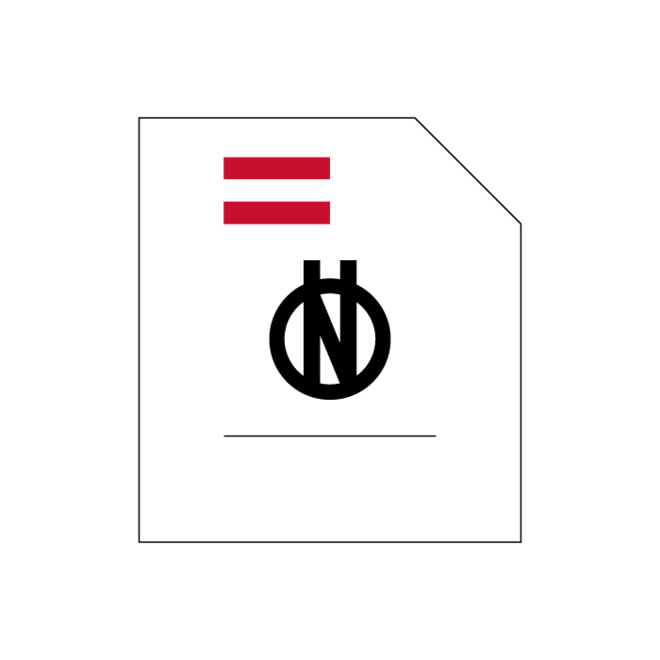Please select and order
€268.58
excl. VAT
CONFIGURE NOW
Norm
ÖNORM EN 619
Issue date: 2022 07 01
Continuous handling equipment and systems - Safety requirements for equipment for mechanical handling of unit loads
This document deals with requirements for machine design, transport, installation, commissioning, operation, adjustment, maintenance and cleaning to minimize the hazards ...
Read more
Valid
Publisher:
Austrian Standards International
Format:
Digital | 158 Pages
Language:
German
| English
| Download GER/ENG
Optionally co-design standards:
ICS
This document deals with requirements for machine design, transport, installation, commissioning, operation, adjustment, maintenance and cleaning to minimize the hazards listed in Annex F. These hazards can arise during the operation and maintenance of continuous handling equipment and systems when carried out in accordance with the specifications given by the manufacturer or his authorized representative. This document deals with safety related technical verification during commissioning.
This document applies to mechanical handling devices as defined in Clause 3, singly or combined to form a conveyor system, and designed exclusively for moving unit loads continuously on a predefined route from the loading to the unloading points, possibly with varying speed or cyclically. In general, it also applies to conveyors which are built into machines or attached to machines if not stated otherwise in a machine specific standard.
Safety requirements and/or measures in this document apply to equipment used in all environments. However, additional risk assessments and safety measures need to be considered for uses in severe conditions, e.g.
- freezer applications,
- high temperatures,
- corrosive environments,
- strong magnetic fields,
- potentially explosive atmospheres,
- radioactive conditions and loads the nature of which could lead to a dangerous situation (e.g. molten metal, acids/bases, especially brittle loads, explosives),
- operation on ships and earthquake effects and
- contact with foodstuff.
This document does not cover hazards during decommissioning.
This document does not apply to conveying equipment and systems used underground or in public areas and to aircraft ground support equipment. In public areas only baggage carousels and check-in conveyors for airports are dealt with in this document.
This document is not applicable to continuous handling equipment and systems manufactured before the date of its publication.
ÖNORM EN 619
2022 07 01
Continuous handling equipment and systems - Safety requirements for equipment for mechanical handlin...
Norm
↖
ÖNORM EN 619
2011 02 15
Continuous handling equipment and systems - Safety and EMC requirements for equipment for mechanical...
Norm
ÖNORM EN 619
2003 02 01
Continuous handling equipment and systems - Safety and EMC requirements for equipment for mechanical...
Norm
ÖNORM M 9709
1987 12 01
Continuous mechanical handling equipment; belt conveyors; examples for the protection of nip points ...
Norm
ÖNORM M 9707
1985 03 01
Continuous mechanical handling equipment; conveyors and elevators with chain-elements; examples for ...
Norm
ÖNORM M 9708
1984 12 01
Continuous mechanical handling equipment; chain conveyors with load carriers or pushers; examples fo...
Norm
ÖNORM M 9704
1975 02 01
Continuous mechanical handling equipment for unit loads; overhead monorail chain conveyors; safety c...
Norm
ÖNORM M 9703
1975 02 01
Continuous mechanical handling equipment for loose bulk materials; vibrating feeders and conveyors, ...
Norm
ÖNORM M 9702
1974 08 01
Continuous mechanical handling equipment for loose bulk materials; belt feeders and conveyers safety...
Norm
Norm
ISO 4309:2017
Issue date :
2017 11 30
Cranes — Wire ropes — Care and maintenance, inspection and discard
Technische Regel
ISO/TS 19837:2018
Issue date :
2018 04 04
Safety of machinery — Trapped key interlocking devices — Principles for design and selection


